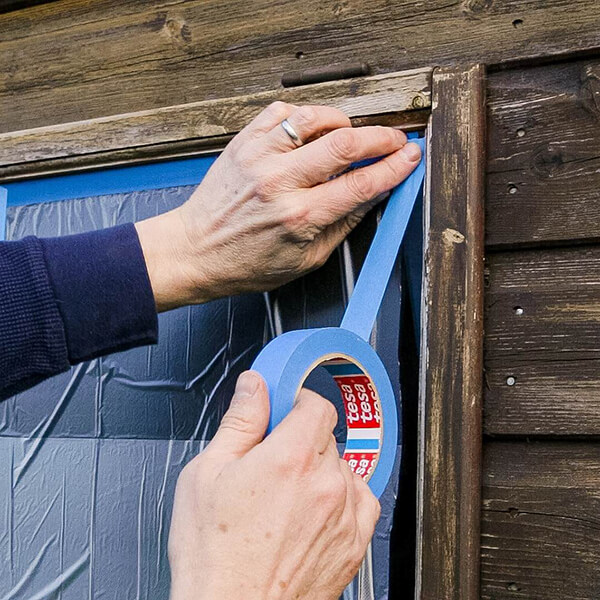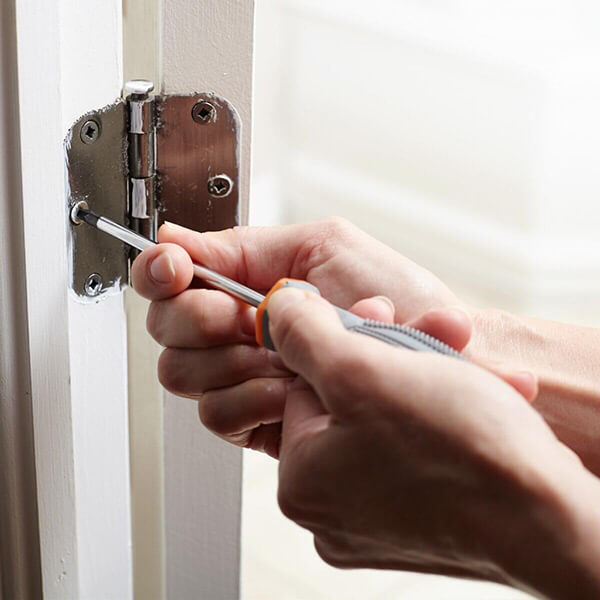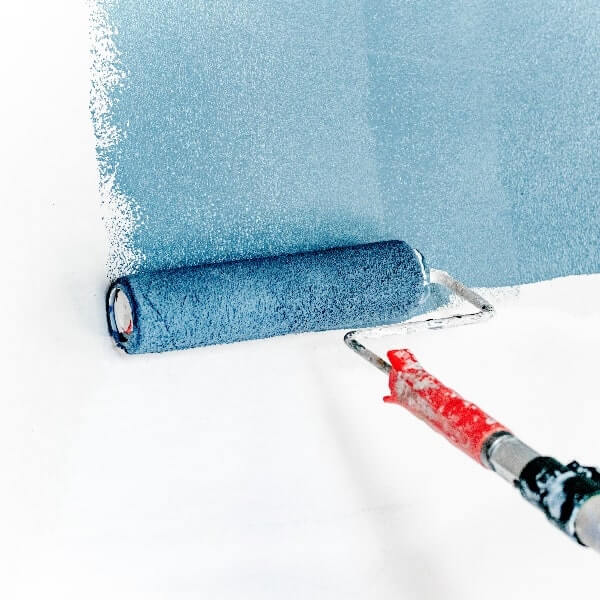Diving in brush first to a large painting job is going to be more trouble than it’s worth. The 6 “P’s” really come into play here. Ask any professional painter and they’ll tell you most of their time is spent preparing a room by masking all the surfaces that are not to be painted. It speeds up the painting process AND means as little clean up afterwards as possible. Protecting your windows and doors is important for not only aesthetics, but as they contain moving parts, protecting these will ensure paint does not interfere with the functionality. No one wants to wake up one morning to find their door has sealed shut throughout the night.
The Right Tools For The Job
There are some nifty inventions that can speed up your masking process. Equipment you will need is:
- Masking tape - painters tape and regular masking tape
- Masking paper/film
- Drop sheets - either reusable canvas or disposable plastic (consider thickness in both cases)
- Vacuum cleaner with brush attachment and/or handheld dustpan and brush
Equipment you may like -
Masking Your Windows And Doors
Depending on your method of painting, the degree to which you need to mask your window or door can vary. Spray painting will involve a complete masking of all surfaces to prevent splashback. If you’re using a brush or roller, as long as you’re careful, just masking the edges of the frame and having a mask overhang to catch drops from above can be sufficient.
If you’re painting the window or door and/or frame itself, you will need to protect the hardware such as the latch, hinges, handles, bolt and strike plate. Consider removing them but if this isn’t practical, there’s a workaround. If these are already painted over but work ok, removing the paint on them may create a noticeable inconsistency in the paint work, however, adding a layer of paint to them may cause them to stop working. It’s something you will need to consider case-by-case. If not removing or painting them, take time to mask each of them well.
There’s two ways to mask glass, either continue using the masking tape and paper, or you use a masking fluid. Masking fluid will go on like paint but dry and peel off like rubber. If you are painting bare wood, use the paint to create a seal between the wood and the glass.

Consider Removing Doors
If you feel inclined, removing your doors entirely may be something you’d like to consider. It will allow greater movement and access within a room, allow more door space in the event you are moving furniture out of a room and give you better access if painting the door itself. You’ll likely (but not necessarily) need a spare pair of hands but otherwise it is a pretty [easy task]. When storing your door for more than a day, it’s best to lay them flat with the hardware removed to prevent bending and warping. Ensure they are kept dry and protected from knocks.

Time To Paint
Once you’ve prepped your surfaces and masked your room it’s time to paint. Prepping and masking can be a lengthy process but it will ensure your paint job looks professional and lasts for years to come.

It Can be Easier to Use a Professional
At McAuliffe Painting, we can handle everything when it comes to residential painting projects, from guiding you on paint colours, to prepping, masking, painting, finishing and cleanup. Call Us to arrange a quote, we look forward to making your home improvement job a reality.
